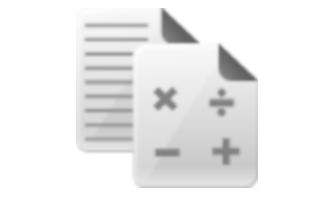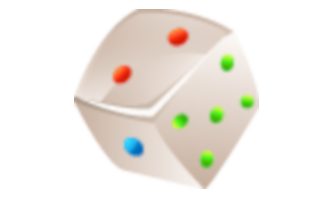Elements, mixtures and compounds
Science, Grade 5
Elements, mixtures and compounds
Study Guide

Elements, mixtures and compounds
Flash Cards

Elements, mixtures and compounds
Quiz

Elements, mixtures and compounds
Worksheets

Elements, mixtures and compounds
Games

Study Guide Elements, mixtures and compounds Science, Grade 5
❮
1
/
4
❯
ELEMENTS, MIXTURES, AND COMPOUNDS What Are Elements? Elements are a basic (simple) kind of matter. They can’t be broken down into simpler parts and still keep their properties because they are in the simplest form. What Are Atoms? Atoms are the smallest particle or component of an element that still has the same properties of that element. The Make-Up of an Atom All atoms have a nucleus. The nucleus usually has neutrons and protons. Neutrons have no electrical charge and protons have a positive charge. An atom is identified by its number of protons, and that number is unique to that atom. For example, sodium has 11 protons, which means NO other atom has 11 protons. Atoms also contain electrons. Electrons have a negative charge, move around the protons and neutrons, and can move from atom to atom. Lesson Checkpoint: How is an atom identified? © Copyright NewPath Learning. All Rights Reserved. Permission is granted for the purchaser to print copies for non-commercial educational purposes only. Visit us at www.NewPathLearning.com.
How Are Elements Grouped? The Periodic Table groups elements in an organized fashion. Each box on the periodic table represents one element. Each element has its own unique symbol. The 18 vertical columns of the periodic table are referred to as groups or families. Elements that belong in the same family are not identical, but they share particular properties. The horizontal rows of the periodic table are known as periods. Elements in a period do not have similar characteristics. The first element in a period is usually an active solid and the last element is always an inactive gas. Atomic size decreases from left to right across a period and atomic mass increases from left to right across a period. © Copyright NewPath Learning. All Rights Reserved. Permission is granted for the purchaser to print copies for non-commercial educational purposes only. Visit us at www.NewPathLearning.com.
What’s in the Box? Each element has its own box on the Periodic Table. Each box contains the element’s name, symbol, atomic number, and atomic mass. Top number is the atomic number. Every element has its own personal atomic number. The atomic number tells how many protons that element contains. No two elements have the same number of protons. Oxygen = 8 protons The large letter is the element's symbol. The symbol for oxygen = O Below the symbol is the element's name. O = oxygen Below the name is the element's atomic mass. Oxygen mass = 16 Lesson Checkpoint: How do you find out how many atoms an element has on the Periodic Table? Molecules A molecule is the smallest unit of an element and is formed when two or more atoms join together chemically. © Copyright NewPath Learning. All Rights Reserved. Permission is granted for the purchaser to print copies for non-commercial educational purposes only. Visit us at www.NewPathLearning.com.
Compounds A compound is a molecule that contains two or more different elements. For example, water is made of hydrogen and oxygen atoms, and carbon dioxide is made of carbon and oxygen atoms. H20 = two hydrogen atoms and one oxygen atom = water 1CO2 = one carbon atom and 2 oxygen atoms = carbon dioxide Lesson Checkpoint: What is a molecule? Mixtures A mixture is the combination of two or more different materials or substances without having any kind of chemical reaction occurring. In a mixture, the materials are only physically combined and can be separated. Substances in a mixture have the same properties as they did before they were mixed together. An example of a mixture is a bowl full of a variety of nuts. Solutions and Colloids A solution is when one or more substances are dissolved into another substance. Salt water is an example of a solution: salt is dissolved in water to make salt water. A colloid is a mixture in which very small particles of one substance are dispersed evenly throughout another substance. The particles are not dissolved. Solutes, Solvents, and Solubility (try and say that five times fast) A solute is the substance that is dissolved in the solvent. The solvent is what dissolves another substance. Solubility refers to the ability of one substance to dissolve into another substance. Lesson Checkpoint: Describe a solute and a solvent. © Copyright NewPath Learning. All Rights Reserved. Permission is granted for the purchaser to print copies for non-commercial educational purposes only. Visit us at www.NewPathLearning.com.
